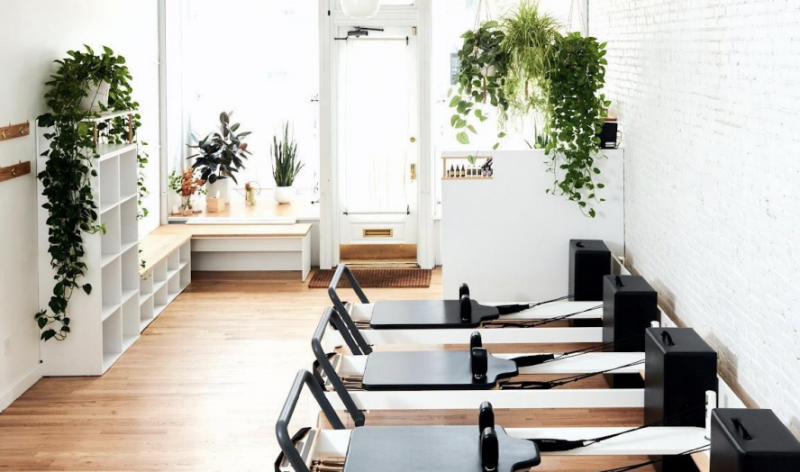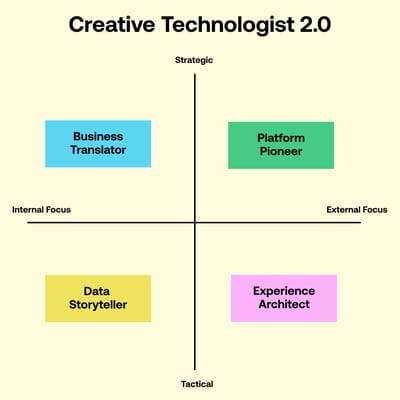Two Pilates studios - and the great capability divide

There are two Pilates studios in my neighborhood that perfectly illustrate what's happening to skills and capabilities in our changing economy. Wut? No, I’m serious.
The first is independent, founder-owned. Small, intimate space with a little garden out back. They've got digital booking systems, sure, but the essence is handcrafted. They weathered the pandemic and came out the other side. The teachers are individuals with unique backgrounds and approaches that regular clients come to know. Most have Instagram accounts but none are influencers.
The second just opened. It's a franchise, part of a rapidly scaling global brand. Classes are 50% larger, and while there's technically an instructor wearing a headset microphone, most of the class follows pre-recorded videos on large screens. The instructor's primary job isn't to teach but to serve as a hype person—counting down reps, shouting encouragement, occasionally adjusting posture. It's not really a Pilates class - it’s a branded fitness experience, packaged as a lifestyle.
Neither approach is inherently better, but they do represent the bifurcation happening across nearly every profession.
At one end: craft-based capability building. Deeply personalized, human-centered, and relatively unscalable. The experience is intimately tied to specific people and their expertise. It scales… horribly.
At the other: systematized, standardized. Highly scalable, technology-enabled, with humans serving primarily as facilitators of pre-determined routines. Goal-driven. Metric focused. Optimized.
What happens next?
The industrial studio will likely become increasingly AI-driven. The instructor is fundamentally a cost—interchangeable, following a script. I know my instructor's name is Alex, but nothing about her background, methodology, or why she teaches. She could be incredible, but I have no idea. She's neither fully human connection nor fully technology, occupying a middle space that's acutely vulnerable to disruption.
As AI advances, these middle-capability roles will get squeezed. Hard. The model will thrive as a business, optimized for efficiency and scale, but the human element will continue to diminish.
Meanwhile, the craft studio—despite its limited scale with only eight machines—creates connection. I know Adam's teaching style, background, influences, favorite music, and pacing preferences. I go there not because of any Instagram presence but because I know him as a person.
At the franchise, I consume a product. At the independent studio, I participate in a relationship.
This divide is appearing in knowledge work too. At one end, we'll see an explosion of industrial, AI-enhanced capability building—standardized, efficient, and increasingly automated. At the other, deeply human expertise that AI can augment but not replace.
In the latter, there are - to quote Liam Neeson - a very specific set of skills.
The gap between these worlds is widening, not shrinking. And it’s widening REALLY QUICKLY. I dont think people quite grasp this. Hence the capital letters.
The most vulnerable place? The middle—where you're neither creating uniquely human value nor fully leveraging technological scale.
So the key questions become:
- Which model are you building capability for?
- Which capabilities do you focus on developing?
The Wavetable team and I have developed a skills taxonomy framework that helps map capabilities for both models.
If you're navigating this divide and would find it useful, drop me a line and I'll share it.
Because whether you're designing deeply human experiences or building scalable systems, the approach to building those capabilities couldn't be more different.
P.S. In my last 12 pilates classes I have seen another man… once. Go figure. Maybe that's another capability gap waiting to be filled…?
No spam, no sharing to third party. Only you and me.



Member discussion